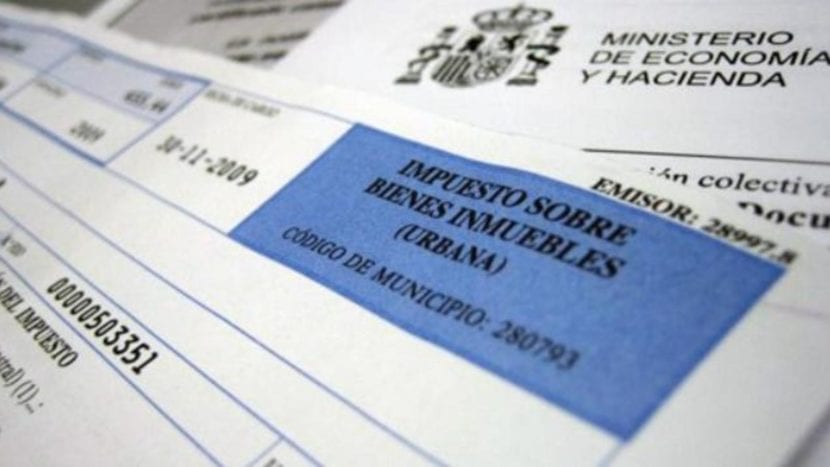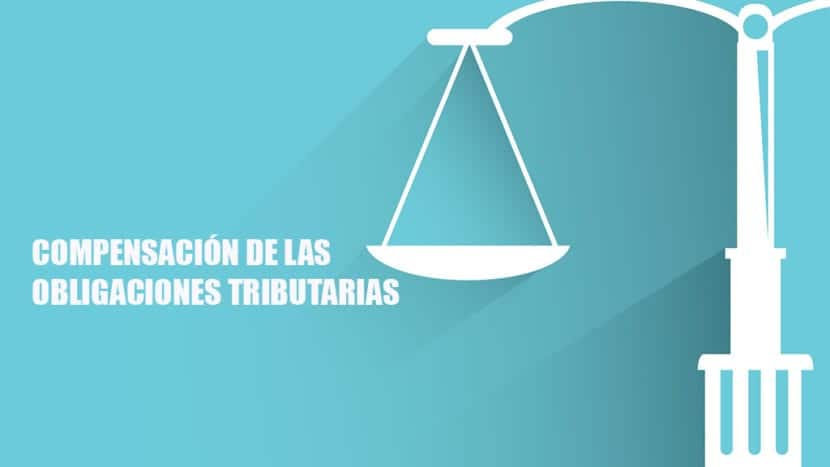
What is an urge? It refers to enforcement procedure or means of enforcement when there are a series of procedures that are followed and that condemn the payment of a monetary amount.
Whether it is taxes, goods or services, this occurs when the debtor has not made payments in a timely manner as stipulated bilaterally. It is when the payments are not paid voluntarily by the debtor that the constraint is applied as the procedure in which the debt with the debtor's patrimonial assets is collected and settled.
What is the enforcement procedure?
Usually the Taxpayer must pay their tax debts or taxes in a timely manner, like this stipulated.
This means that the debtor will pay his debts within a voluntary payment period as also marked by the direct or indirect taxes.
In the absence of payment within the period of voluntary payments, a debit and the growth of a interest rate for lack of paid and finally it comes to the urgency.
It is known as the collection procedure or process Cuya execution is forced. With the support of the executive title that has been issued by this public entity and thus proceed to give effect to its public law credit through the individual execution of the assets of the debtor or debtors.
This act legitimizes the administration to proceed against the assets of the debtor in question.
There is a 20% tax surcharge on debt, in addition to this, the order of urgency will generate "default interest".
As a result of the accumulated delay in the payments for pay off the debt. In the event that the debt is liquidated before the communication of the enforcement order, the 20% tax surcharge on debt is decreased to 10%, without generating interest for late payment.

Times in Providence of Urgency
The enforcement procedure begins when the notification to the taxpayer has been made known. It is in the order of urgency where this pending debt is identified.
Within the executive period charges are settled and the obligee is requested to make the payment in question.
El executive period begins the day after the deadline for the voluntary pay period.
Once the executive period begins, the administration can start with the enforcement procedureHowever, before starting you must notify an administrative act known as "the enforcement order".
Same that can be considered as a sufficient title to start the procedure. The enforcement order has the same weight and executive force as a “judicial sentence"Therefore with this it is possible to proceed against the patrimony of the taxpayer in question.
Characteristics of the Providence of Urgency
According to the LGT, characteristics of the enforcement procedure
- The enforcement procedure is solely and exclusively administrative. Only part of the tax administration is the task of resolving incidents within the enforcement procedure, as well as understanding the particular case.
- Regarding your concurrence in this regard with other enforcement procedures. The enforcement procedure cannot be combined with judicial procedures or any other procedure that entails persecution.
- Within the concurrences with unique execution procedures. In these cases, the oldest seizure will be the one for which preference is given, within this particular case, the relevance of the case will be taken by the date of the seizure diligence.
- On the concurrence of universal enforcement or bankruptcy procedures. Yes, and only if the enforcement order was issued with a date prior to the insolvency declaration date.
- The enforcement procedure has initiation and impulse of office in all and any of its procedures.
- La suspension of the enforcement procedure it can only be carried out under the assumptions provided for in the tax regulation.
- In any of the cases that are provided for in the tax regulations.
- In the event that the obligor pays the debt in its entirety.
- In the event that there is a material error on the obligor, or an error within the determination of the debt.
- Due to third-party parties. This happens when a third party seeks to lift the seizure because it is understood that it belongs to him in domain or that, by preference to the Public Treasury, the third party in question has the right to be reimbursed of his credit.
Effects of the Providence of Urgency
Once the enforcement procedure begins, the effects that are contemplated are:
- The tax administration in question can and may exercise the executive powers that exist during the enforcement procedure. This in order to collect the outstanding debt, carried out through seizures and the enforcement of guarantees. Normally this type of executive actions cannot be carried out immediately after notifying the obligor, a period has to elapse that may be referred to in any regulation.
- About the term of entry. After notification of the “providence of urgency”, You will have the opportunity to pay or settle the debt. As could be expected the taxpayer may make the income at any time during the executive period, as long as this happens before the notification of the enforcement order. Although the payment is possible to be made, there are also differences for making the payments at different times, this difference lies in the surcharges of the executive period and the interest for the delay, which the obligor must pay in full.
What are the reasons for opposition to the enforcement order?
It is stipulated that there is no reason for opposition outside of the following listed and therefore, it will not be taken as reason for opposition to the order of urgency any other reason apart from the following:

- The debt is liquidated, extinguished in its entirety or there is a prescription of the right to demand the payment of the same.
- Opposition to the enforcement order will be possible in the event that there is a request for postponement, compensation or fractioning within the voluntary payment period or other causes for the suspension to occur.
- Opposition to the enforcement order will be possible in the event that there is a lack of notification regarding the settlement of the debt.
- Opposition to the enforcement order will be possible in the event that there is cancellation of the liquidation.
- Opposition to the enforcement order will be possible in the event of omission or error in the content that comprises the enforcement order, same error or omission that is an impediment to identify the debtor or within the parameters to understand the debt.
About the seizure of assets and rights
The seizure must cover only the part proportional to the value of assets and rights that cover the value of the debt that was not paid, the interest for late payment thereof, the surcharges of the executive period and any cost for the enforcement procedure.
By coincident Assets or rights whose amount exceeds the value of the aforementioned amounts should not be seized.

Within the seizure order. In this order, certain criteria are established that determine the order that is followed during the embargo:
- The agreement with the taxpayer in question. As long as the taxpayer requests it, the order of the seizure process may be altered, this without leaving aside that the seized assets guarantee the value and collection, with the same efficiency and as soon as possible, this without causing harm to third parties.
- If there is no agreement, the assets will be seized. For this purpose, those assets that are easier to sell and less expensive for the party of the obligor will be taken into account.
- During the effect of the embargo, the following order will be carried out:
- Cash or capital deposited in credit institutions, provided they belong to the debtor.
- The rights and securities that can be realized in the short-term period, as long as it is less than 6 months.
- The debtor's wages, salaries and pensions.
- The debtor's real estate.
- The interests, income and fruits of the debtor.
- The industrial and commercial establishments of the debtor.
- The debtor's antiques, precious metals, goldsmiths, fine stones and jewelry.
- Movable and personal property of the debtor.
- The rights and securities that can be realized in the long term, this term being more than six months.
Known assets and rights will be seized in the order mentioned above., however, there are two exceptions or special rules mentioned below:
- Those assets that require the necessary interference to the domicile of the taxpayer remain last, this may be furniture, jewelry, etc. As long as these goods are inside the home.
- The types of assets "unattachable" by law will not be seized. An example of this is the pension fund or a tool with which the trade is exercised, in addition to taking into account the unattachable part of the salary or salary.